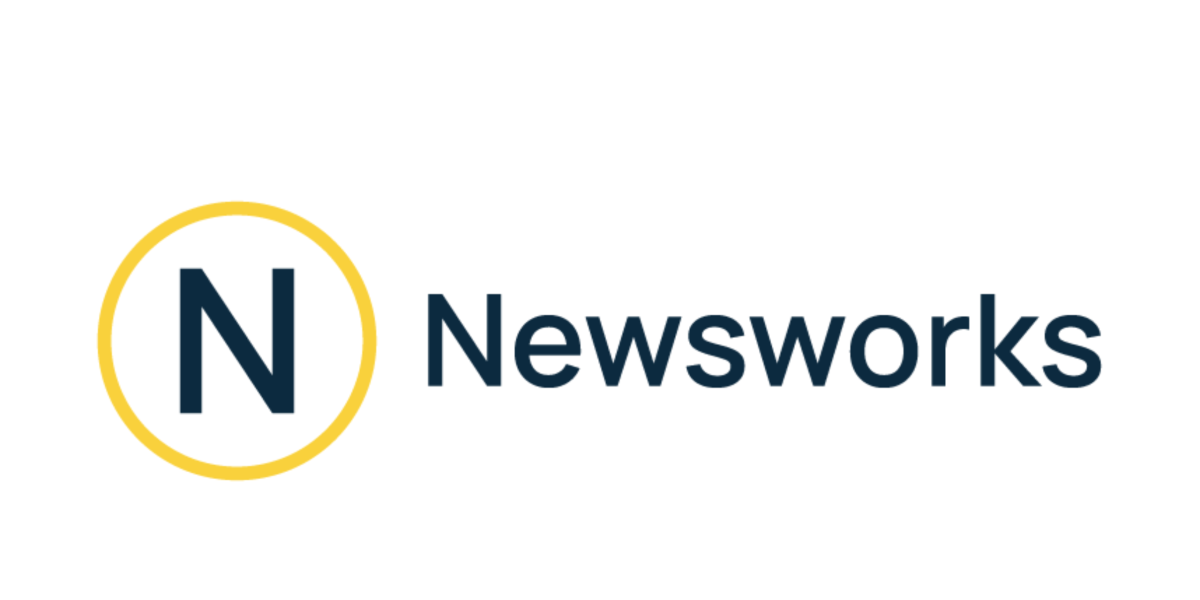
Youth: A Newsworks Study
Category:
Publishing Excellence Awards
Best Research / Insight Project
Young people don’t care about news.
You can’t target them in news brand environments.
News brands are just ‘hard news’.
These myths are heard time and time again in the industry – but Newsworks instinctively knew these were mistaken. Young people often credit news they saw to a platform rather than the news brand it linked to. Their news consumption habits are often novel and nuanced, making it difficult for traditional research methods to capture.
To convince agency planners (especially young ones) that news brands were fundamental parts of young people’s online lives, Newsworks’ methodology had to be different – and brave.
Data was key. They had to go beyond just asking people about their habits - they had to spend a month with them. Every click. Every tap. Every link. They needed to gather a monster dataset of intimate detail to go further than they’d ever gone before.
To do this, the team had to move beyond just recall-based research. They turned to an innovative solution: clickstream data capturing young people’s intricate news consumption. Their research partner, Colourtext, proposed using the Ipsos Iris panel, a nationally representative sample using passive tracking technology. More importantly, it recorded every interaction panellists made with their digital devices.
This raw data collected over a four-week period enabled them to get into the thick of 993 young people’s online lives. The monster 1.4GB dataset comprised 5.79 million clickstream events, 635,000 distinct URLs, 167,000 search queries, 80,000 unique web domains and 6,000 different mobile apps. This was then further supplemented with a nationally representative survey of 1,500 15-29 year-olds and interviews with young people across the country to explore insights from the clickstream data further.
This dataset overwhelmed conventional systems. Colourtext developed bespoke Python applications to analyse large-scale data efficiently, reducing 12-hour tasks into 10-minute ones.
To interpret the data, the team used Natural Language Processing (NLP) and Network Analysis. NLP categorised over 13,000 news articles read by participants into 13 distinct topics. Network Analysis identified patterns and relationships within the data, meaning they could segment young news readers into groups based on actual reading habits, rather than demographic profiles or claimed preferences.
Another custom application automatically detected instances where related online retail activity followed reading a news article. This provided direct evidence of news brands’ influence on driving product discovery, consideration, and purchase decision among young people.
This research is a compelling rebuttal to industry misconceptions.
Nine in ten 15-29 year-olds read news on their devices; seven in ten engage with UK news brands. They check at least six news items on average daily – not disengaged at all.
They value professionally created news, with seven in ten believing journalism plays an important social role. “The news is what brings us together, said Amy (aged 21) in one focus group.
News is important in today’s media climate. 71% are concerned about misinformation; 80% trust news organisations’ reporting. Their reporting is considered 85% more trustworthy than social media.
Young people’s news consumption is sophisticated and diverse. Yes, they like showbiz, but also politics, sport, and finance. Eight in ten said news prompted civic actions such as signing petitions or supporting and boycotting companies.
News brands substantially influence consumer actions. 68% of readers moved directly from a news site to a retail site. 75% took actions after reading news, including discovering new products (39%), seeking more information (38%) and making purchases (31%).
By using this innovative methodology, Newsworks’ myth-busting research sets a new industry benchmark. It has already prompted industry discussion and new media investment strategies – ultimately benefiting both news brands and advertisers.